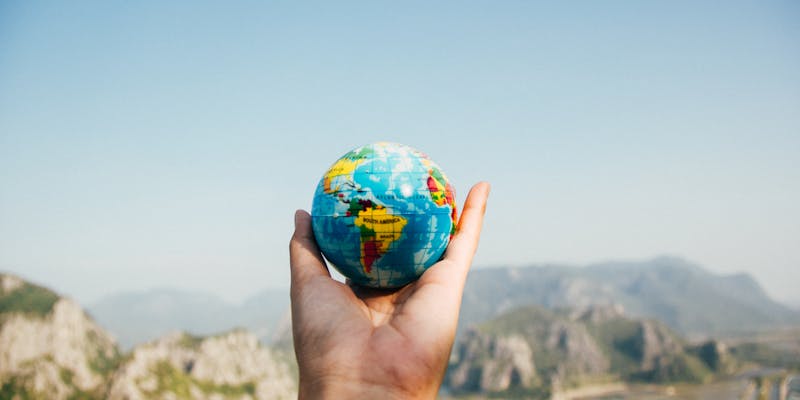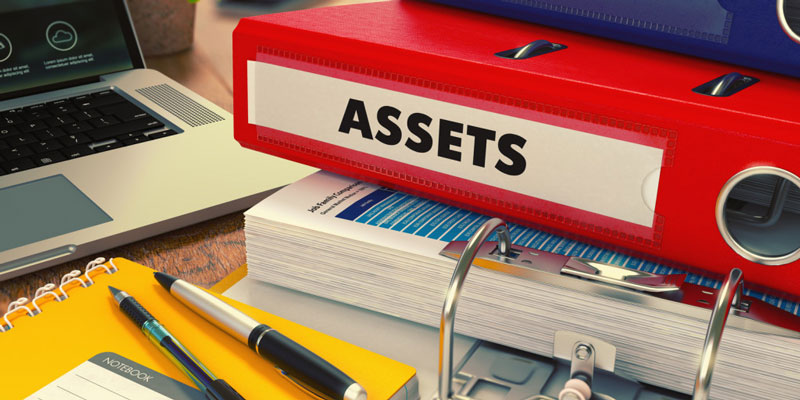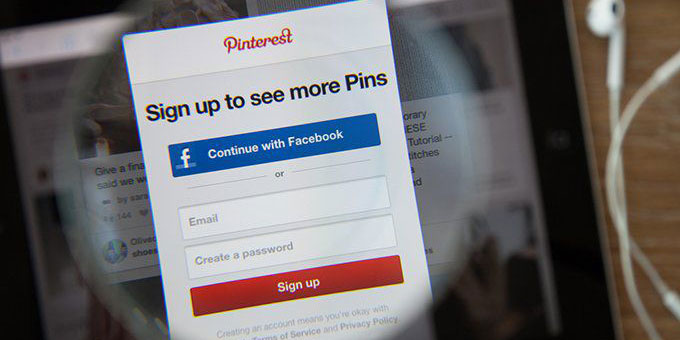Is There Any Relation Between The Consumption Growth and Inflation?
Dec 15, 2023 By Triston Martin
The relationship between consumption growth and inflation rate underpins a nation's financial health, managing macroeconomic pressures that create the economic narrative. This connection is complicated, with price rises dictating customer buying behaviors. As macroeconomics debates this complex interaction, many hypotheses develop, weaving their story into the economy.
The classical "neutrality of money" view holds that inflation, like a quiet conductor, affects prices and incomes without transforming economic productivity. It shows a distant link between inflation and real GDP, with the economy barely moving. Another opinion is that inflation is a symptom of more prominent economic disturbances like supply-side dissonances or fiscal imbalances, slowing GDP.
This complex relationship is the essence of economic policymaking. Understanding how inflation report drive and affect consumption growth reveals consumer confidence and financial health. Inflation influences consumer behavior, purchasing power, and the economy's fibers. By studying this fundamental link, policymakers and economists comprehend the complicated code determining complex economies' health and resilience.
Diverse Theories on Inflation
Traditional economic philosophy holds that inflation has little effect on actual GDP, based on the "neutrality of money" approach. This view holds that proportional price and wage increases do not affect economic production. The neutrality of money theory states that inflation does not affect the economy's inherent productive potential. Instead, they claim that nominal economic variables adjust together, neutralizing actual economic activity.
In contrast to the traditional approach, the U.S. inflation rate may be a symptom of deeper economic concerns rather than the leading cause of monetary disturbances. This may involve supply-side disruptions or budgetary imbalances. In this scenario, inflation is a symptom, not the cause. This theory holds that tackling inflation's root causes is necessary for economic sustainability.
New Keynesian ideas challenge conventional inflation theories, causing a paradigm shift. These ideas challenge the traditional concept of neutrality by suggesting that increasing inflation can boost real GDP under certain situations. These ideas have flaws, especially in understanding stagflation when high inflation and weak economic development occur. The New Keynesian approach suggests that inflation may stimulate economic activity in the near term, but its use depends on context.
History of Growth in Consumption and Inflation

Europe's energy environment changed after World War II, creating lasting dependence. Europe needed strong energy sources to rebuild and prosper after the war. Russia, with its oil and gas deposits, became a key supplier. Energy dependence established at this time shaped complex economic ties for decades. Energy demand increased as Europe industrialized and recovered. Russia's strategic location and plentiful resources provided the energy required for Europe's economic revival. Political forces shaped energy alliances throughout the Cold War, highlighting this reliance.
Governments trying to reconstruct their economies typically used monetary measures that fostered inflation. As economies normalized, consumer spending increased, increasing demand for goods and services. However, consumer growth sometimes exceeded production, raising costs.
The Climate Change Connection
Climate change is one of the major environmental factors that shape consumption patterns and inflation today. Extreme weather due to climate change has a huge effect on agriculture and, therefore, on food, which results in fluctuations in food prices and influences people’s spending. In addition, there are also shifts towards clean and renewable sources of power as part of the broad-based approach to sustainable development on a global scale. Changes in energy markets are occurring due to a shift from fossil fuels to renewable energy resources. As a result, many energy costs will increase temporarily while various nations build sustainability infrastructure. The effects of consumers changing to eco-friendly products will shift economies to a green inflation mode.
Effects of Inflation on Asset-Liability Mismatch
The asset-liability mismatch is crucial to banks' financial resiliency during rising inflation. A bank's assets and liabilities are mismatched, especially regarding inflationary sensitivity. This mismatch affects a bank's equity and net interest margins in an inflationary climate. Effectively addressing this mismatch is crucial to preventing financial system-wide damage. The asset-liability mismatch intensifies with inflation. Banks may lose net interest margins and profitability as input and operating costs rise. Asset and liability management is crucial to a bank's financial viability.
Understanding how inflation expectations affect asset-liability mismatch and the financial environment requires understanding of market repricing processes. Inflation expectations cause market changes and banking sector repricing. Inflation causes market players to revalue financial instruments, affecting nominal loan, deposit, and long-term bond yields. This repricing directly results from the market's response to inflation consumption rate expectations concerning the actual economy. Market repricing affects consumption growth significantly. Loan rates affect company and consumer borrowing costs, affecting expenditure and investment. Savings and consumption can be affected by deposit rate changes. Long-term bond yields affect investment and capital allocation in the economy.
The asset-liability mismatch is crucial for banks to navigate inflationary circumstances. Understanding inflation-induced market repricing dynamics helps explain the complicated interplay between asset-liability management, financial stability, and consumer growth amid inflationary pressures.
Global Economic Effects of Consumption Growth and Inflation

The complex relationship between consumer growth and inflation affects the global economy. Beyond individual states, the connection shapes the global economy. Recessions, marked by economic contraction and consumer confidence, impact the world. If consumption growth slows in one country, it might ripple across borders. As globalization increases, a downturn in consumer spending in a big country affects companies and marketplaces across continents. This is especially true in today's tightly interwoven global supply chain.
Conversely, economic booms can cause global consumption and inflation to rise simultaneously. Consumer demand in one location might boost production and exports in others. Synchronized growth throughout history shows how interconnection enables the economy. Global economic developments catalyze global consumerism and inflation. The 2008 financial crisis showed how the collapse of the US housing market affected consumption and inflation in several countries. Understanding consumer growth and inflation in our globalized world requires a perspective that analyzes cross-border economic effects.
Bottom Line
Consumption growth and inflation rate are central to dynamics that will change global economies. Production and consumption habits are expected to change, adding to the inflation-consumption equation. With new economic powerhouses and realignments of international relations, geopolitical developments will affect global commerce, consumption, and inflation. Economic models prioritizing sustainability and resilience may change consumer choices and inflationary pressures.

Hawkish vs Dovish: Key Differences in Monetary Policy Approaches

Unveiling the Strengths of North American Annuity: A Comprehensive Review

A Comparison between Wealth Manager vs. Financial Advisor

A Guide to International Payment Methods for Global Transactions

Different features of Total Assets (ROTA)

JP Morgan Personal Advisors review 2023

How Comprehensive and Collision Coverage Differ in Auto Insurance?

An Inside Look at Pinterest's Business Model

Is There Any Relation Between The Consumption Growth and Inflation?

Travelers Life and Annuity Company Review and Analysis

Deciphering Insurance Underwriters: Unveiling Their Roles and Responsibilities
